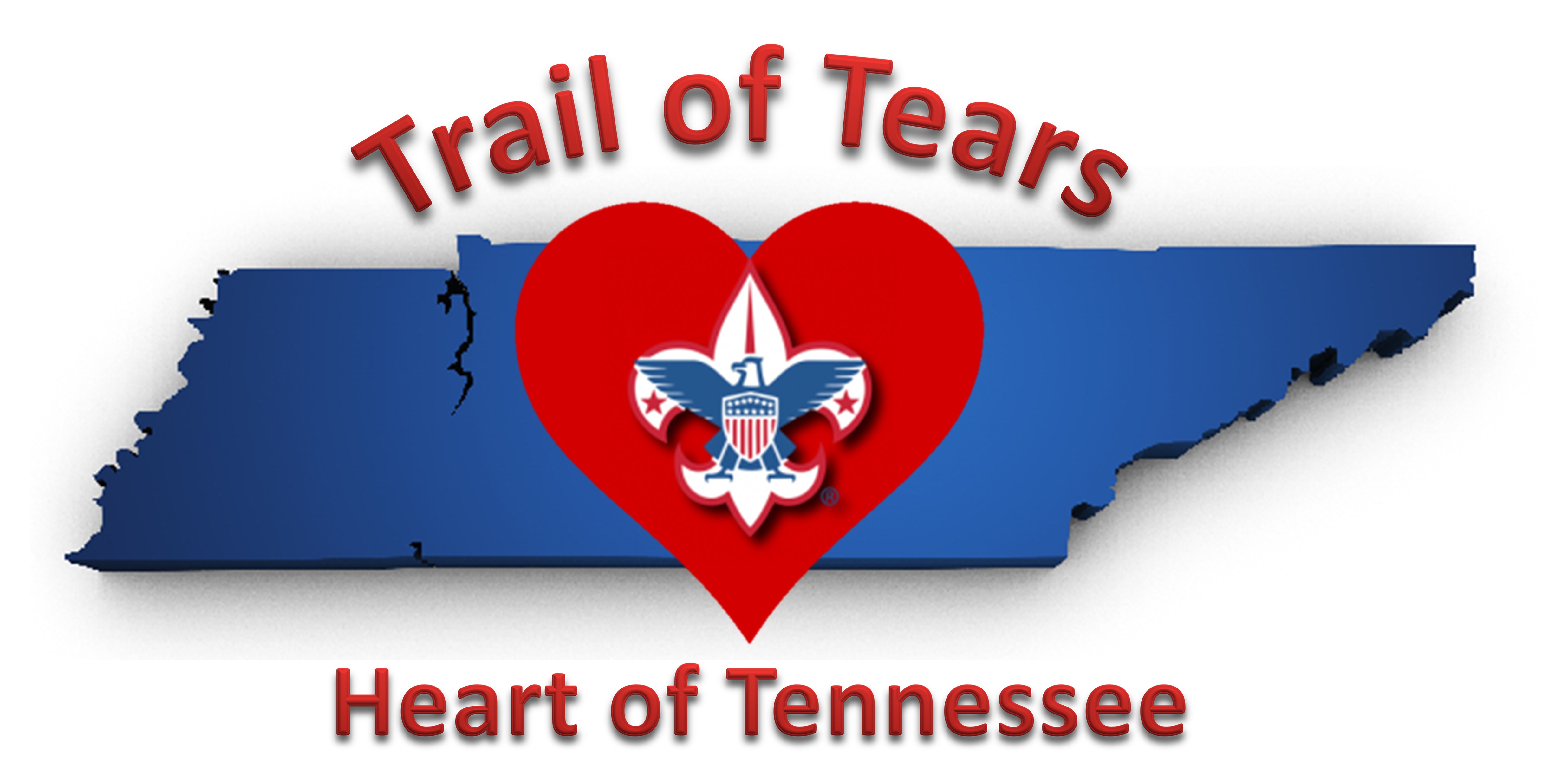
 Climbing is one of the most exciting merit badges available.
Climbing is one of the most exciting merit badges available.
It’s also one of a dozen badges where counselors and supervisors must have special qualifications. To learn more, we talked with Rhonda Wright, who chairs the BSA’s Climbing and Rappelling Subcommittee, and Sherry Davis, a member of the group.
Who can teach the badge?
According to the Guide to Advancement, all climbing, belaying and rappelling activities must be supervised by an instructor who is mature and conscientious, who is at least 21, who is trained in BSA Climb On Safely, and who understands the inherent risks of these activities. Ideally, the counselor will be a BSA Level 2 climbing instructor, which typically requires two weekends of training. Someone certified in first aid, CPR and AED use must also be present.
“There’s not an across-the-board list of every way to get the merit badge instructed, but there are definitely some unsafe ways,” Wright says. “Scoutmaster Bob’s nephew may be a good resource, but he may not be.”
What about climbing gyms?
Climbing gyms and commercial outfitters can be a good option, but some don’t have the facilities (or the time) to cover requirements like first aid and Leave No Trace.
“They can handle the climbing and the belaying and all that, but they don’t always have a facility to sit down and teach the whole merit badge,” Wright says.
What role should Scoutmasters play?
Short of becoming Level 2 instructors, Wright strongly recommends troop leaders complete Climb On Safely, an online course that covers BSA climbing and rappelling policies. The course doesn’t qualify you to teach the badge, but it shows you how to supervise and evaluate climbing and rappelling programs.
 Do Scouts need to be older to earn this badge?
Do Scouts need to be older to earn this badge?
While some camps limit the badge to older Scouts, Davis says most Scouts can be successful.
“You can have a little wiry kid that can just zoom up the tower, and then you get a little bit longer, lankier kid, and he’s struggling, because he doesn’t have the upper-body strength and the lower-body strength,” she says.
Similarly, girls can do just fine. In fact, Davis usually has two young women on the high-adventure staff at Camp Arrowhead.
How do you manage overly eager and overly cautious Scouts?
Davis recommends buddying them up.
“If the one person needs a little time to watch and make sure what’s going on, then the other ones jumped up to do it,” she says. “That gives each person what they need.”
It also helps nervous Scouts when they can see others scale or descend that 40-foot tower first.
“It goes much easier if they’ve actually watched it in a demonstration and then watched other Scouts do it,” Davis says. “When they come up to do it, they have a better idea.”
Where can I learn more?
Start with the COPE and Climbing page at go.scoutingmagazine.org/cope. Among other things, you’ll find contact information for the regional COPE and climbing chairs, who might be able to guide you to local resources.
Powered by WPeMatico
